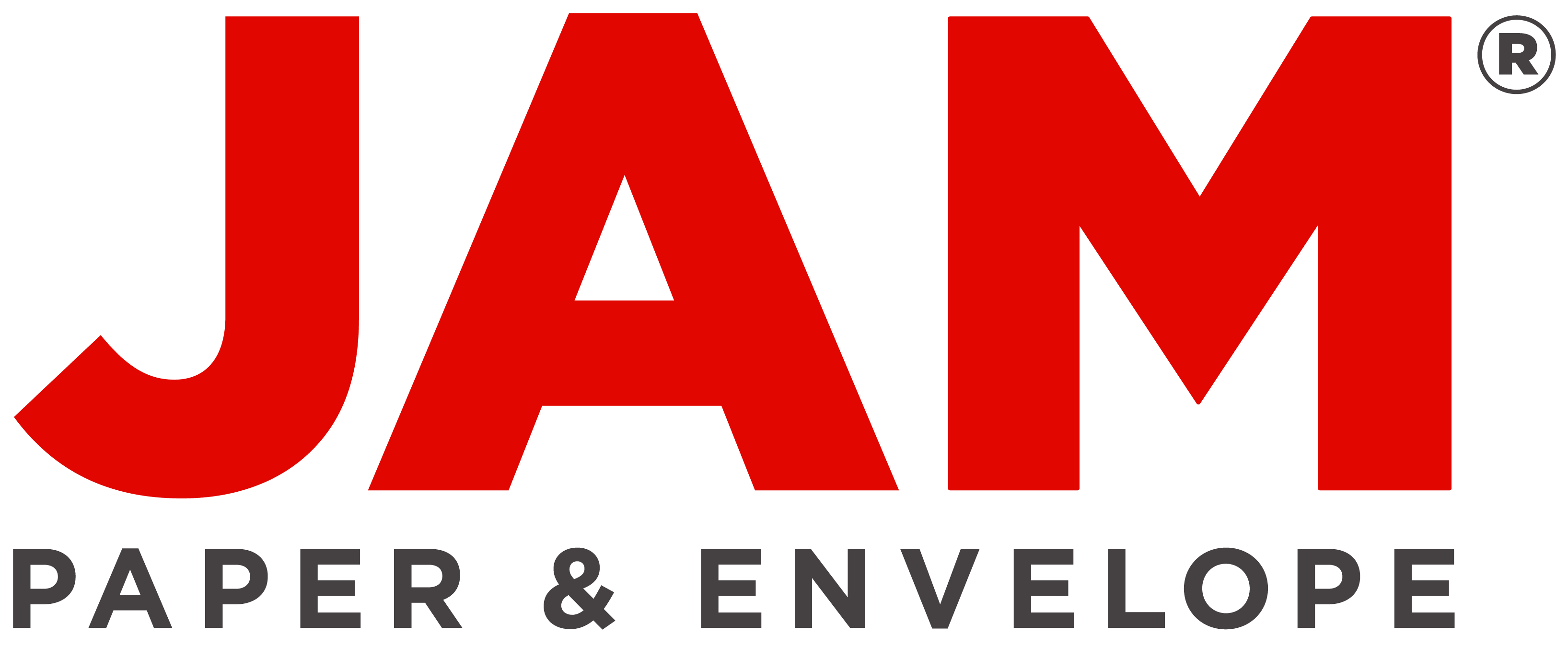Workplace Snacks and Their Health Benefits
- By Andrew Jacobs
- Feb 28, 2017
Workplace Snacks and Their Health Benefits
If you're like many people, you may find it helpful to partake of small snacks throughout your work day. Snacking throughout the day can provide you with the extra energy and focus you need. The trick is to snack smart! Here we have complied a list of common workplace snacks and a brief summary of their health benefits, as well as some disadvantages!1. Almonds
Almonds are a favorite of many in our office and in offices across the U.S.! These tree nuts have several nutrients and and known for providing people with energy throughout the day. Benefits: Almonds contain high amounts of fiber, antioxidants, protein, healthy fats, magnesium, vitamin E, calcium, and iron. In a 1/4 cup serving there are 5 grams of fiber, 0.4 milligrams of riboflavin (an antioxidant), 97 milligrams of magnesium, 16 milligrams of vitamin E, 96 milligrams of calcium, and 33 milligrams of calcium. Disadvantages: Almonds contain 5 grams of sugar per 1/4 cup as well as 207 calories and 7 grams of cards. While these carbs and calories allow almonds to provide the energy that they give us and can be an advantage if burned off correctly, they can also be a harmful to those of us who spend most of the work day sitting instead of moving around.2. Granola Bars
Granola Bars and Cereal Bars have been with many of us since our school days. From Nature Valley to Quaker Oats, these quick morning-time snacks come in a wide variety of brands and types. Granola bars are most commonly consumed because they're filling and, like almonds, are known for providing people with an ample amount of energy. How much nutrition is in one granola bar? The information below pertains to standard name brand granola bar. Benefits: Most granola bars contain magnesium, potassium, and protein. These are all things your body needs daily to create energy and to continue to function. These bars quickly cure hunger and fatigue. Disadvantages: As granola bars generally exist to provide their consumers with energy, they can be high in calories. Do some research on granola bars and choose one that contains a calorie level fitting to the amount of activity you normally do during the day! Some have even chosen to make their own granola bars at home with natural ingredients.3. Cashews
Did you know that cashew's come from a fruit? (If you understood that reference, you know that, and how to make a song go viral). Cashews are a convenient snack that posses many disease fighting properties! Benefits: Cashews have been proven to reduce high blood pressure, and to lessen the consumer's risk of cardiovascular disease and cataracts. These curled nuts also contain iron and copper, which are essential nutrients. Research has shown that cashews also play a role in preventing diabetes and cancer! Disadvantages: Like almonds, eating an excessive amount of cashews can cause one to add more fat to their diet than necessary. However, if enjoyed in moderation, these nuts provide good and healthy fats!4. Pretzels
Pretzels are the salty snack many people grab when trying to avoid fattier options like potato chips, although many choose them simply because they love the taste! These twisted favorites are known for their satisfying crunch and bread-like flavor. There are good reasons that pretzels are often seen as a healthier option. To name a few: Benefits: Pretzels contain a surprising amount of healthy dietary essentials! Among them are fiber, iron, folic acid, 7-10% of your daily needed minerals, and our favorite antioxidant, riboflavin. Disadvantages: The vice of most pretzels is their excessively high sodium content. While the salt is a big part of what gives pretzels their delicious taste, it is good to keep in mind that, on average, --- pretzels provides the recommended amount of sodium for the average person for a single day.5. Fruit
The term "fruit" covers a wide range of sweet, seeded plant products from limes, to apples, to starfruit, to berries and everything in between. Because so many individual things fit into this category, the information below pertains to the most commonly snaked on fruits: apples, bananas, blueberries, strawberries, grapes, and oranges. Benefits: Most fruits, especially bananas, have a very high potassium content. Blueberries, oranges, and several others contain high amounts of the immune system supporting vitamin C. Apples, bananas, and blueberries can all boast a high dietary fiber content as well! These fruits are also full of B vitamins and varying amounts of magnesium. Disadvantages: Although the sugar in fruit is natural and better for your body than processed cane sugar, most fruits contain 1 (strawberries) to 19 (apples) grams of sugar. Compared to many other snacks, however, this sugar content is relatively low.6. Cheese
Unless you're lactose intolerant, or just a little weird, you probably love cheese. Cheese comes in so many different forms and types! When it comes to snacking, the most common types are mozzarella string cheese, cheddar cubes, and cheese curds. Cheese is a known source of calcium, but it also a common culprit when it comes to high cholesterol. Is cheese good for us or bad for us? As it turns out, the answer is a bit of both. Benefits: As the rumors say, cheese is indeed high in calcium! One common brand of string cheese another brand of cheddar both contain 20% calcium per serving. One fourth cup of plain cheese curds contains 200 mg of calcium. These cheeses also provide 7-8 grams of protein. Cheddar cheese also contains 30% potassium per serving! Disadvantages: Unfortunately, cheeses contain a high volume of fat, cholesterol, and sodium. String cheese contains 6 grams of fat, 15 mg of cholesterol, and 210 mg of sodium. Cheddar cheese and cheese curds both contain 9 grams of fat, 30 mg of cholesterol, and 180 mg of sodium.7. Roasted Chickpeas
Roasted chickpeas might be a little new to those who are used to only eating chickpeas in salad or mashed up into humus. But if you've eaten flavored and roasted chickpeas, you know how delicious they are! Alternately known as garbanzo beans, these unique legumes are usually thought of as being a health food. The facts below are based on a common roasted chickpea recipe involving several spices. Benefits: Chickpeas contain several vitamins and minerals including A, C, E K, Thiamine, our buddy Riboflavin, Niacin, B6, Calcium, Zinc, and Selenium. They have a particularly high content of folate (or folic acid), iron, phosphorous, potassium, and manganese. In addition,each serving contains 19% percent dietary fiber! This makes chickpeas particularly good for digestive and blood health! Chickpeas are also a significant source of protein with 11% per serving. Disadvantages: Like many protein rich foods, chickpeas have a somewhat high carbohydrate and calorie content. Each serving contains 124 calories , 17.7 grams of carbs, and 3.8 grams of fat. Chickpeas roasted in seasonings also contain an average of 23 mg of sodium.8. Dark Chocolate
Okay, okay. You're probably sick of people telling you that chocolate is actually good for you, and then eating it to find it brings you more added pounds that wellness. I won't sugarcoat it- chocolate is definitely something to be enjoyed only in moderation. However, dark chocolate does have several legitimate health benefits and nutrients that your body needs! When it comes to health and chocolate, the darker the chocolate, the better it is for you. This is because milk and semi-sweet chocolate have much more added sugar and artificial ingredients. Here, I have chosen an extreme example; these facts are based on 70-85% cocoa dark chocolate! Keep in mind that nutrients will very with different percentages of cocoa, and even sometimes by brand. The information below is based on a 1 bar (101 gram ) serving. Benefits: In one serving of dark chocolate, there is 2 mg manganese, 1.8 mg copper, 311 mg phosphorous, 3.3 mg zinc, 722 mg potassium, 230 mg magnesium, 12 mg iron, and 73.7 calcium! In addition to these essential minerals, plenty of vitamins are present too! These vitamins include vitamin A (1%), Thiamine and B6 (2%), B12 (5%), vitamin K (9%), and of course, riboflavin (5%). Each serving also contains 7.9 grams of protein and 11 grams of fiber! These nutrients allow dark chocolate to promote digestive, immune system, blood, and nervous system health! Disadvantages: You may have guessed already that chocolate is high in calories. Even the very dark chocolate we focus on here contains 605 calories. A total of 388 of these calories are from fat. There is a total of 43.1 grams of fat in each serving, which is 66% of the average suggested daily intake. As stated above, this treat is healthy for you if enjoyed in limited amounts. We hope you liked our list of tasty and healthy office snacks! If you have anything to add, or if you want to tell us about a convenient office snack that you've discovered, let us know below in the comments!The Importance of Workplace Snacks and Their Health Benefits
Workplace snacks play a crucial role in maintaining the energy levels and productivity of employees throughout the day. By providing healthy snack options, employers can contribute to the overall well-being of their staff. Not only do workplace snacks keep hunger at bay, but they also offer numerous health benefits. From boosting brain function to improving mood and reducing stress, the right snacks can make a significant impact on employee performance. By incorporating nutrient-rich options such as fruits, nuts, and yogurt, employers can promote a healthier work environment and encourage better eating habits among their team members.
The Benefits of Offering Healthy Workplace Snacks
Providing healthy workplace snacks can lead to a multitude of benefits for both employees and employers. By offering nutritious options, employers can help their staff maintain a balanced diet, leading to improved overall health and well-being. Additionally, healthy snacks can contribute to increased energy levels, enhanced focus, and better productivity. Moreover, by promoting healthy eating habits, employers can reduce the risk of chronic diseases among their workforce, ultimately leading to lower healthcare costs and fewer sick days. Overall, the benefits of offering healthy workplace snacks are far-reaching and can positively impact the entire organization.
Effective Use Cases for Workplace Snacks
Workplace snacks can be strategically used to boost employee morale, foster a sense of community, and improve overall workplace satisfaction. By providing healthy snack options during meetings, employees can feel appreciated and valued, leading to increased engagement and motivation. Additionally, offering snacks in communal areas can encourage social interaction and create a more cohesive work environment. Furthermore, providing snacks during long work hours or busy periods can help employees stay focused and energized, ultimately leading to improved performance and job satisfaction.
Alternatives to Traditional Workplace Snacks
While traditional workplace snacks such as chips and candy bars may be convenient, there are numerous healthier alternatives that can be equally satisfying. Employers can consider offering options such as granola bars, trail mix, hummus and veggie sticks, or Greek yogurt with fruit. These alternatives provide a balance of nutrients and can help employees stay full and focused throughout the day. By exploring different snack options, employers can cater to a variety of dietary preferences and promote a more inclusive and healthy snacking culture in the workplace.
Tips for Incorporating Workplace Snacks Effectively
When implementing workplace snacks, it's important to consider the preferences and dietary restrictions of employees. Offering a diverse selection of snacks can ensure that everyone has access to options that suit their needs. Additionally, employers can encourage healthy snacking habits by providing educational resources on nutrition and wellness. Creating a designated snack area with a variety of choices can also promote a positive snacking culture. By incorporating these tips, employers can effectively integrate workplace snacks into their company culture and reap the associated benefits.
Maximizing the Impact of Workplace Snacks
Employers can maximize the impact of workplace snacks by regularly evaluating the snack options offered and seeking feedback from employees. By staying attuned to the preferences and needs of the workforce, employers can continuously improve the snack program and ensure it remains relevant and beneficial. Additionally, employers can consider organizing wellness challenges or initiatives that promote healthy snacking habits and overall well-being. By taking a proactive approach to workplace snacks, employers can create a positive and health-conscious environment that supports the success and satisfaction of their employees.
























